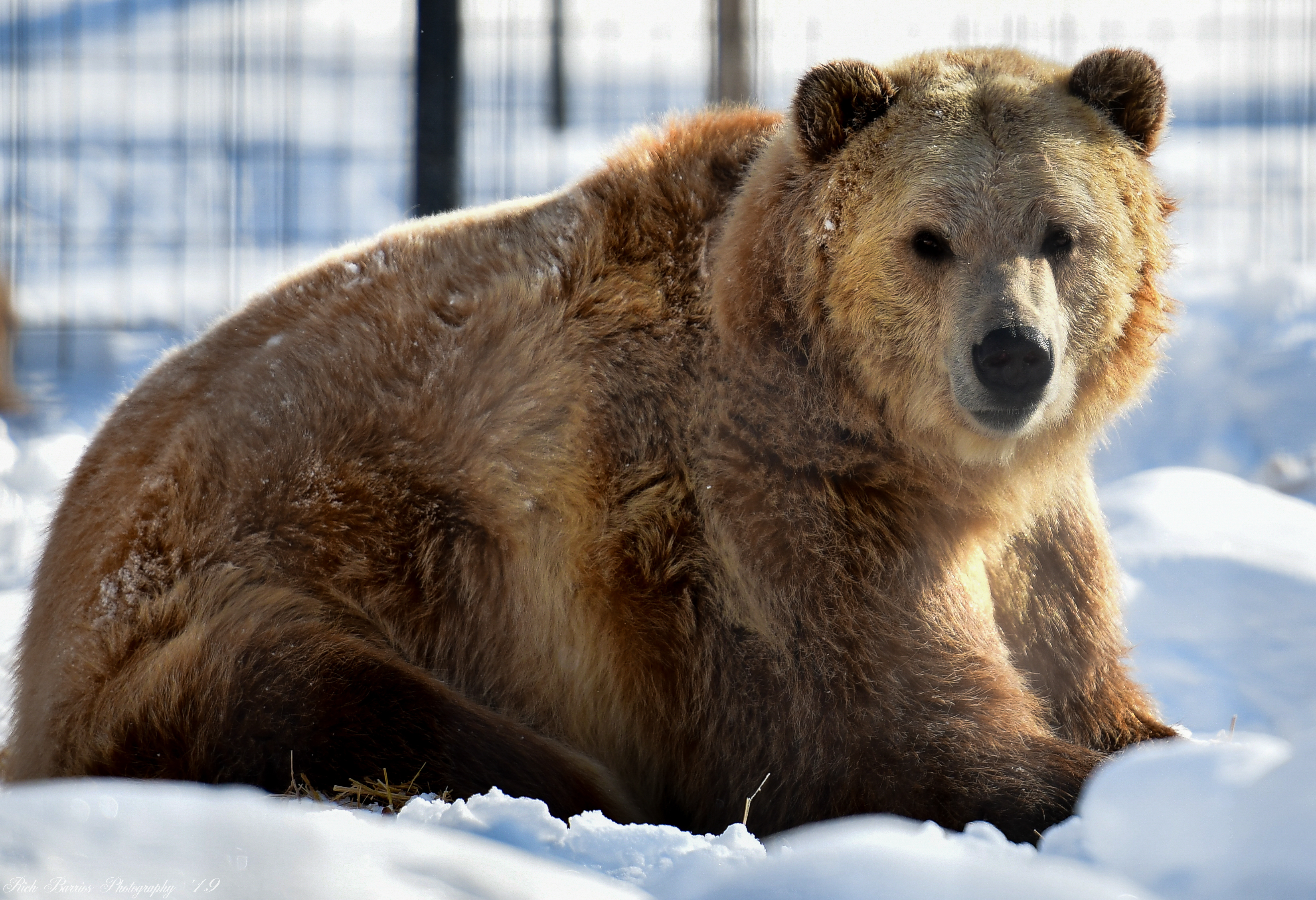* Threatened or Endangered

Grizzly Bear *
: Ursus arctos horribilis
: Mammal
: Alaska, western Canada, and portions of the U.S. including Idaho, Montana, Washington and Wyoming, Yellowstone and Grand Teton National Parks
: Virtually anything that they come across including moose, elk, deer, fish, grass, forbs, grubs, moths and others
: Weight 400 to 1800 lbs., depending on habitat
: Threatened in the contiguous United States, and endangered in parts of Canada, hunted in Alaska and parts of Canada. Yellowstone bears appear to be doing well, some are moving into suitable habitat
• Threatened in the contiguous United States, and endangered in parts of Canada, hunted in Alaska and parts of Canada.
• Yellowstone bears appear to be doing well, with some moving into suitable habitat.
• The grizzly is noted for the large hump over the shoulders, which is a muscle mass used to power their front legs in digging.
• Despite their large size, grizzlies can run at speeds of up to 35 mph.
• Grizzlies, brown bears, and Kodiak Island bears are all scientifically the same bear, but they differ in size and color due to their diet and weather conditions.
• These bears were present in our local area in Lewis and Clark days (early 1800s) and these explorers wrote about them extensively.
Respect native wildlife by remembering that…it’s wild! When enjoying native land where wildlife lives, always be aware, be safe, and leave no trace. Never approach, taunt, or feed wildlife. Interacting with them can be dangerous to you and to them. Instead, enjoy their beauty and their ecosystem without disturbing them. To learn more, follow these links:
gf.nd.gov/wildlife/orphaned
www.nationalparks.org/connect/blog/tips-safely-visiting-national-parks
